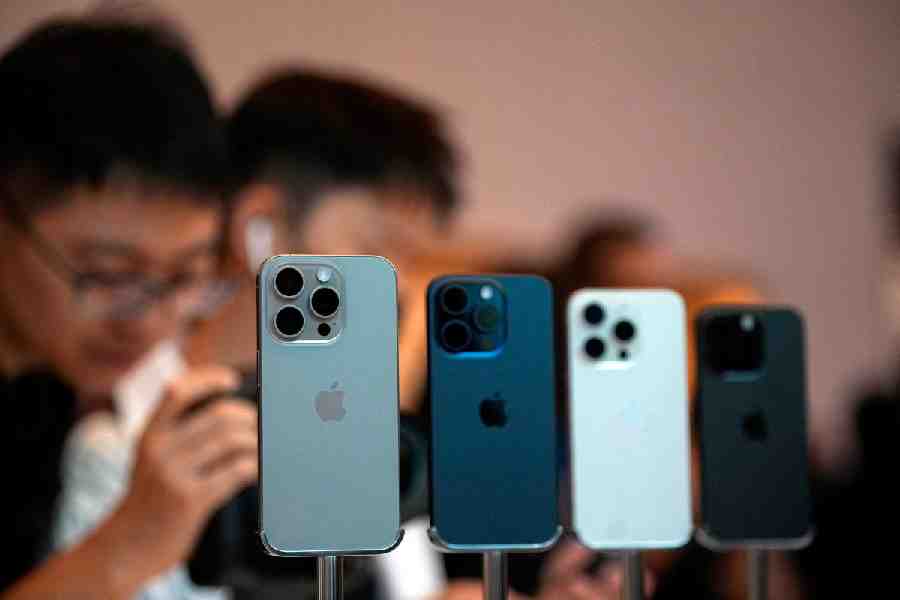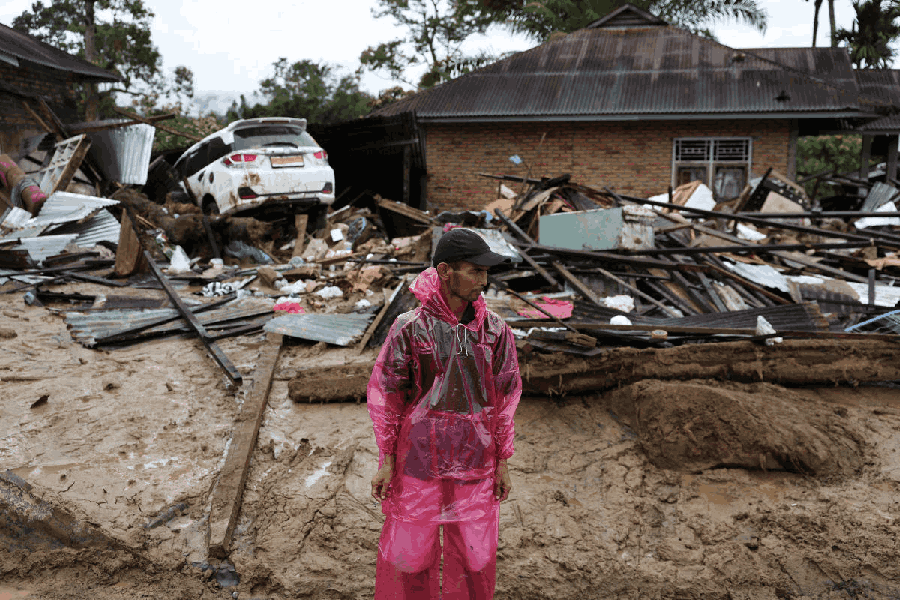 |
| The National Museum in Delhi |
New Delhi, April 4: A scathing Unesco report on the state of India’s top museums has been trashed by the government but seems to have had a salutary effect, at least in Delhi and Mumbai if not in Calcutta.
Sources said the National Museum in Delhi and the Chhatrapati Shivaji Maharaj Vastu Sangrahalaya in Mumbai had revamped themselves since the report was handed to the culture ministry last July.
Calcutta’s Indian Museum, though, has shown no sense of urgency despite the Unesco report and the recommendations of a panel of historians, they added.
The Unesco report, based on a survey of eight museums, said these were badly maintained, poorly lit and had incorrect signs. Its authors saw garbage in front of the Calcutta museum.
The findings wouldn’t startle regular visitors, but culture minister Kumari Selja found them inaccurate.
In a written reply to Parliament on March 8, Selja said the number of surveyors was inadequate. “The report contained 47 graphs analysing the data collected by 23 surveyors, leading to skewed analysis,” she alleged.
All the surveyors were drawn from Delhi institutions ---- the School of Planning and Architecture, Jawaharlal Nehru University, Jamia Millia Islamia and the Association of Delhi Tour Guides.
Selja also claimed the report made errors in totting up the museum’s scores — a charge that could not be checked because the report has not been made public —and objected to the surveyors clicking pictures of the museums.
Selja insisted that the government was committed to its 14-point reforms agenda for museums, which it has been implementing since April 2009. Despite queries, the culture ministry wouldn’t explain its criticism of the Unesco report.
However, three months after the report was submitted, the National Museum in Delhi took a forward step by appointing C.V. Ananda Bose, a Malayali IAS officer named after Netaji Bose, as its first administrator. Bose is known for his battle against corruption at the National Agricultural Cooperative Marketing Federation last year.
On October 15, the museum launched a 100-day programme under which it spruced up the foyer and corridors, improved lighting, replaced artefacts and put up new signs, including Braille signs. It reopened the Sharan Rani Backliwal Gallery of musical instruments.
Other galleries, closed for years, are being renovated. Antiquity consultant Abha Narain Lambah, who restored the Chhatrapati Sangrahalaya in Mumbai, has been hired to design the bronze gallery.
The Unesco report had noted the absence of humidity control, especially in Calcutta. The National Museum in Delhi has begun civil construction for centralised air-conditioning, hiring agencies other than the central public works department to avoid delay, Bose said. This includes “big players for merchandising through open tenders”.
Unesco had cited the lack of public opinion surveys to develop marketing strategy. Although such surveys haven’t started yet, museum buffs, architects and connoisseurs have volunteered to help with improving the bronze gallery at the National Museum.
The museum, under its People’s Museum Movement and other initiatives, is taking its activities beyond its walls with special programmes for women, children and panchayats.
One problem it faces is a staff shortage. A third of the posts — that is, 109 in all — are vacant. Recruitment can be done only through the UPSC and Staff Selection Commission.
The culture ministry has spent almost Rs 50 crore on upgrading museums in the last three years.
Heritage conservationist Rajeev Sethi acknowledged the “soul-searching” in the ministry but added: “Our museums are understaffed and some of their buildings are collapsing. There are extremely serious issues, but there is no sense of urgency.”
This is truest of the Indian Museum, Calcutta. “A committee was set up early last year to revamp the display as the Indian Museum celebrates its bicentenary in 2014. Nothing has happened since,” said Gour M. Kapur, Bengal convener of the Indian National Trust for Art and Cultural Heritage.
“The committee, comprising historians Barun De, Tapati Guha-Thakurta, Jyotindra Jain, myself and some others, are extremely upset that our work has been in vain. There’s a need for a thorough revamp, but right now there is only an acting director.”
The recruitment notice for a director was published in February 2008.
“The Planning Commission had sanctioned huge amounts for the Indian Museum, but they didn’t come up with any proposal to avail of it,” Kapur said.
Parul Dave Mukherji, dean of JNU’s School of Arts and Aesthetics, said: “Museums in India remain the last sites (in need) of decolonisation. They remind us that we have not come into our own and still seek western tutelage.”











